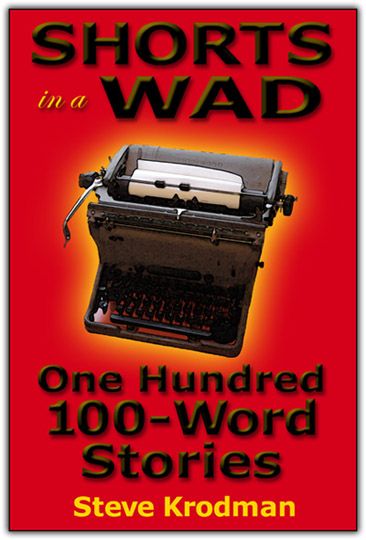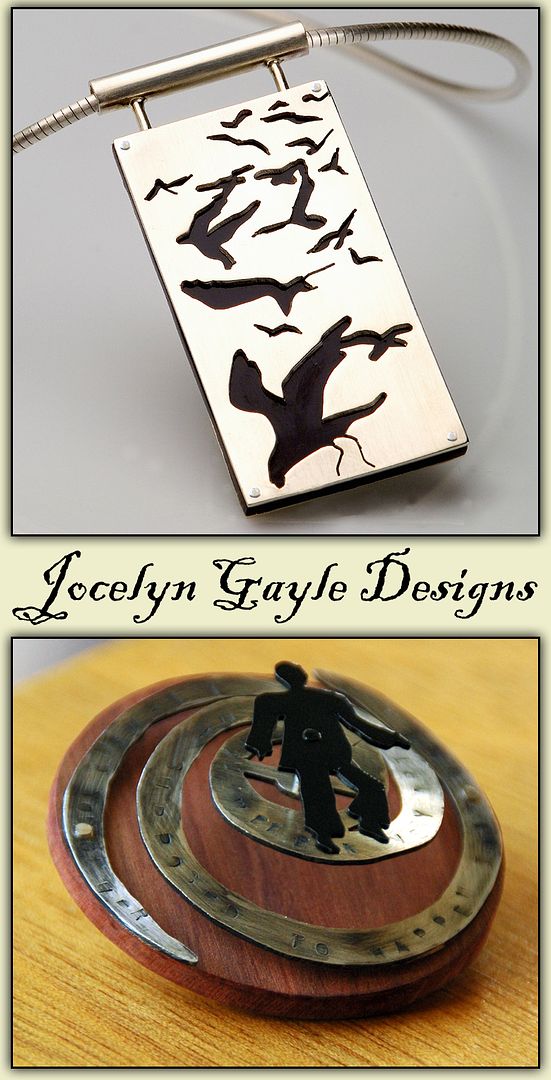Back in my Snot-Nose Days, when school lunches cost the grand sum of twenty-five cents, one of the dishes on the Menu Rotation was something called “Hungarian Goulash.”
I don’t remember too many details, but I seem to recall a nondescript mess of beefy matter in a soupy brownish-red gravy, served over noodles. Not horrible, but not especially exciting. Certainly lacking the crispy fishy goodness of Friday’s fried flounder (invariably served with chopped spinach and boiled parsley potatoes, and always tasty)...but better than the nasty porky hot dogs or vile lasagna.
So when the new Cook’s Illustrated magazine showed up in my mailbox, you’d hardly expect me to get all worked up over a recipe for - yep, you guessed it - Hungarian Beef Stew, AKA Hungarian Goulash.
But it sounded so good.
It’s not a very complicated dish, really. Beef, onions, and a shitload of paprika. Anything else is window dressing...or technique. And CI is all about the technique, researching every recipe seven ways from Sunday in order to make it as good as humanly possible.
Since we were going to have Uncle Phil and Aunt Marge over for dinner, along with their bestest buddies Phred and Deley, I wanted something that I could prepare with minimal hands-on time, and that would pack a proteinacious wallop. So the goulash sounded just right.
Literally. It’s an amusing word. Say it a few times. Goulash. GOO-lash. Sounds like something you’d wear on your feet.
But it is, as it happens, easy enough to make. Try it!
Step One: Preheat the oven to 325°F. You’ll be cooking this slowly, and the oven is better than the stovetop as it allows the heat to attack the meat from both top and bottom.
Cook’s Illustrated recommends using a chuck eye roast for this. Eye, tuchus, whetever. I had scored a huge (about 4 pounds) plain old chuck roast at CostCo (where else?) a few days prior. I trimmed it and hacked it up into 1½-inch chunks, which I then sprinkled with a teaspoon of kosher salt. Why kosher salt? Why not? The meat then sat out and absorbed the salt as I prepped the other ingredients.
The biggest job was preparing the paprika. One 12-ounce jar of roasted red peppers, drained, goes into the food processor with 2 tbsp tomato paste, 2 tsp white vinegar, and 1/3 cup of sweet paprika. You process all this for a couple of minutes until you have a smooth paste. No food processor? Try a blender...although I cannot vouch for the results.
OK, so now it’s time to get out your trusty dutch oven. Place it on the stovetop over medium heat and put in a couple tablespoons of vegetable oil, followed by four good-sized yellow onions, diced small. [Use real yellow onions, not those ridiculously mild Vidalias that lose all their flavor when you cook ’em.] Cover and cook, stirring occasionally, for 10 minutes. The onions should soften up nicely but not brown.
Now, dump in the paprika-pepper paste and stir well. Add one bay leaf and four carrots, sliced into one-inch rounds. Dump in the beef - you do not need to brown it first. Stir well until everything is coated with the paprika mixture - then cover and stick in the oven.
Every half hour or so, lift the lid and give the pot a stir. Cook for 2½ hours, during which time the onions will give up their juices and create a wondrous, aromatic gravy.
If the liquid level is low after this time, add about a cup of beef broth - enough so that about a half-inch of meat is above the liquid surface. [I did not have to do this - there was plenty of liquid in mine.] Cook for another half hour. The meat should, by now, be extremely tender.
During this last half hour, make yourself useful by boiling a big pot of water and preparing a mess of curly wide egg noodles. They’ll fit nicely underneath the goulash.
When you’re ready to serve the goulash, skim the (bright red) grease off the surface of the liquid with a ladle and add a teaspoon of white vinegar. If you want a bit of extra richness, add ¼ cup sour cream. [A truly authentic goulash does not involve carrots or sour cream, but what the hell.]
Ladle a nice pile of meat and sauce over those egg noodles. Now, breathe in that paprika aroma and taste that meltingly tender beefy goodness. Not bad for a bunch of Europeans who haven’t figured out how useful vowels can be!
What to drink? I’m sure a nice hoppy ale would work...but I went the wine route. And what better wine to enjoy with a Hungarian beef dish than Egri Bikaver, the famous “Bull’s Blood of Eger”? OK, “Bull’s Blood” is maybe a bit too fanciful of a name for a red wine, but it is, after all, the best-known dry red wine of Hungary, a country known mostly for its sweet Tokaji (Tokay) dessert wines. The 2004 Egri Bikaver was ridiculously modest in price (only $5 the bottle at Trader Joe’s) and full of flavor...just right for washing down what is, at its heart, a lusty, uncomplicated peasant dish.
This makes a perfect Hallowe’en meal, too. Just call it Hungarian Ghoul-Lash and you’re good to go.
I don’t remember too many details, but I seem to recall a nondescript mess of beefy matter in a soupy brownish-red gravy, served over noodles. Not horrible, but not especially exciting. Certainly lacking the crispy fishy goodness of Friday’s fried flounder (invariably served with chopped spinach and boiled parsley potatoes, and always tasty)...but better than the nasty porky hot dogs or vile lasagna.
So when the new Cook’s Illustrated magazine showed up in my mailbox, you’d hardly expect me to get all worked up over a recipe for - yep, you guessed it - Hungarian Beef Stew, AKA Hungarian Goulash.
But it sounded so good.
It’s not a very complicated dish, really. Beef, onions, and a shitload of paprika. Anything else is window dressing...or technique. And CI is all about the technique, researching every recipe seven ways from Sunday in order to make it as good as humanly possible.
Since we were going to have Uncle Phil and Aunt Marge over for dinner, along with their bestest buddies Phred and Deley, I wanted something that I could prepare with minimal hands-on time, and that would pack a proteinacious wallop. So the goulash sounded just right.
Literally. It’s an amusing word. Say it a few times. Goulash. GOO-lash. Sounds like something you’d wear on your feet.
But it is, as it happens, easy enough to make. Try it!
Step One: Preheat the oven to 325°F. You’ll be cooking this slowly, and the oven is better than the stovetop as it allows the heat to attack the meat from both top and bottom.
Cook’s Illustrated recommends using a chuck eye roast for this. Eye, tuchus, whetever. I had scored a huge (about 4 pounds) plain old chuck roast at CostCo (where else?) a few days prior. I trimmed it and hacked it up into 1½-inch chunks, which I then sprinkled with a teaspoon of kosher salt. Why kosher salt? Why not? The meat then sat out and absorbed the salt as I prepped the other ingredients.
The biggest job was preparing the paprika. One 12-ounce jar of roasted red peppers, drained, goes into the food processor with 2 tbsp tomato paste, 2 tsp white vinegar, and 1/3 cup of sweet paprika. You process all this for a couple of minutes until you have a smooth paste. No food processor? Try a blender...although I cannot vouch for the results.
OK, so now it’s time to get out your trusty dutch oven. Place it on the stovetop over medium heat and put in a couple tablespoons of vegetable oil, followed by four good-sized yellow onions, diced small. [Use real yellow onions, not those ridiculously mild Vidalias that lose all their flavor when you cook ’em.] Cover and cook, stirring occasionally, for 10 minutes. The onions should soften up nicely but not brown.
Now, dump in the paprika-pepper paste and stir well. Add one bay leaf and four carrots, sliced into one-inch rounds. Dump in the beef - you do not need to brown it first. Stir well until everything is coated with the paprika mixture - then cover and stick in the oven.
Every half hour or so, lift the lid and give the pot a stir. Cook for 2½ hours, during which time the onions will give up their juices and create a wondrous, aromatic gravy.
If the liquid level is low after this time, add about a cup of beef broth - enough so that about a half-inch of meat is above the liquid surface. [I did not have to do this - there was plenty of liquid in mine.] Cook for another half hour. The meat should, by now, be extremely tender.
During this last half hour, make yourself useful by boiling a big pot of water and preparing a mess of curly wide egg noodles. They’ll fit nicely underneath the goulash.
When you’re ready to serve the goulash, skim the (bright red) grease off the surface of the liquid with a ladle and add a teaspoon of white vinegar. If you want a bit of extra richness, add ¼ cup sour cream. [A truly authentic goulash does not involve carrots or sour cream, but what the hell.]
Ladle a nice pile of meat and sauce over those egg noodles. Now, breathe in that paprika aroma and taste that meltingly tender beefy goodness. Not bad for a bunch of Europeans who haven’t figured out how useful vowels can be!
What to drink? I’m sure a nice hoppy ale would work...but I went the wine route. And what better wine to enjoy with a Hungarian beef dish than Egri Bikaver, the famous “Bull’s Blood of Eger”? OK, “Bull’s Blood” is maybe a bit too fanciful of a name for a red wine, but it is, after all, the best-known dry red wine of Hungary, a country known mostly for its sweet Tokaji (Tokay) dessert wines. The 2004 Egri Bikaver was ridiculously modest in price (only $5 the bottle at Trader Joe’s) and full of flavor...just right for washing down what is, at its heart, a lusty, uncomplicated peasant dish.
This makes a perfect Hallowe’en meal, too. Just call it Hungarian Ghoul-Lash and you’re good to go.




















No comments:
Post a Comment